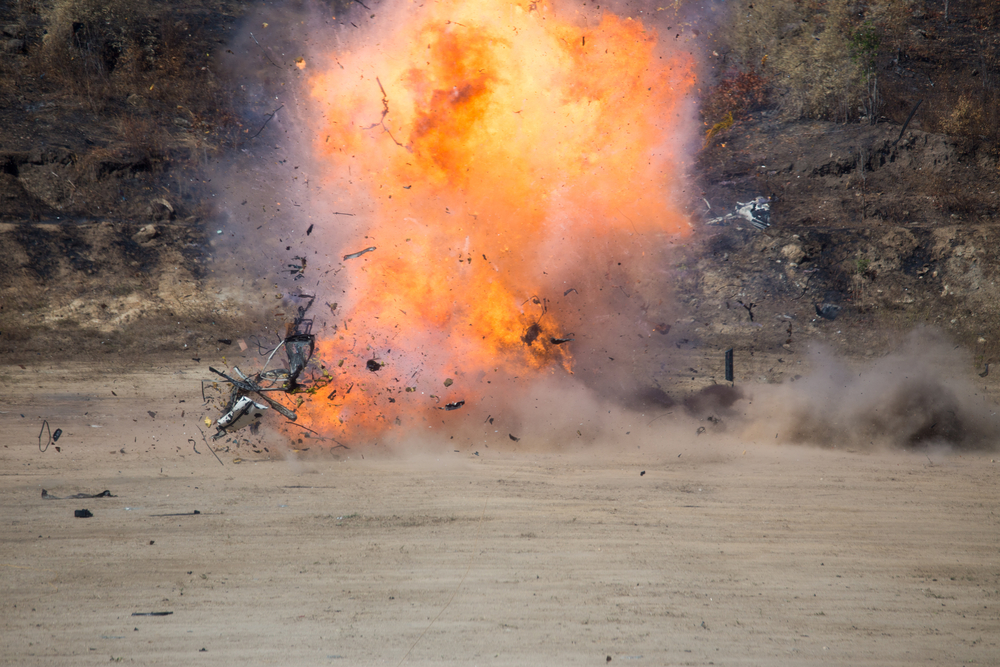
The Raven’s Challenge gathered together technicians from public safety departments, the Army, Air Force, Marine Corps and the Belgian army last week for an intense session of live-fire explosives preparation.
The week-long training session took place at five locations throughout the country. It is funded by the Army, but led by the Bureau of Alcohol, Tobacco, firearms and Explosives, with support from all levels of governmental public safety.
“With the focus on tactical operations involving interoperable public safety bomb squads and EOD teams, the exercise continues to represent an annual pillar of counter-[improvised explosive device] preparedness — both nationally and globally,” John Simpson, the Raven’s Challenge program manager, said. “Feedback from the previous exercise showed that 99 percent of those who participated would recommend this exercise to peers.”
Tactics were a key part of the training. It gauged technicians’ practical proficiency in the field, testing how their knowledge and collaboration stacked up when actually exposed to devices. Those devices were thrown at participants under a number of different scenarios, including hostage situations, booby-trapped aircraft and suspicious package incidents in public buildings. Sometimes they worked in low-light, sometimes they worked with no light at all.
The key for those running the events was to make each situation as realistic as possible. With that in mind, there was no one there judging how each team did the work–teams self-assessed after each scenario, figuring out what they did right, what they did wrong and what they could have done better.
IEDs and booby-trapped drones also saw their fair bit of play during the Raven’s Challenge.
“The new [unmanned aerial vehicle] threat, we’re the first people in our company to get that knowledge and run that lane, and we can’t do that at our home station,” Army Staff Sgt. Sean Mattes said. “So now we can go back and help educate those guys and tell them what we’ve learned but until they come to something like this, they’ll never get that training. You really broaden your skills with the site layout and coordination.”
The focus on evolving threats not only readies military teams for the unstable nature of the battlefield but promotes cooperation between organizations.
“We want public safety [teams] to know that when they call the military for help, they’re going to get it,” Simpson said. “And we want the military to know that the public safety teams trust their abilities to respond and know what their capabilities are. If we can accomplish those things — find the sweet spot between those two doctrines — get these guys down range, engaged in an explosive situation and come back safely, we’re very successful. The payoff is huge for the country and for the readiness of the forces, both public safety and military.”




